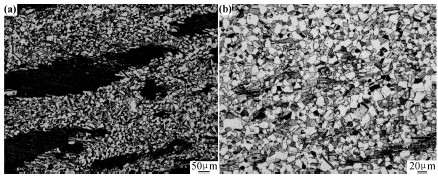 PDF(3338 KB)
PDF(3338 KB)


 PDF(3338 KB)
PDF(3338 KB)
 PDF(3338 KB)
PDF(3338 KB)
大变形量近等温锻造开坯对TiAl合金组织与性能的影响
 ({{custom_author.role_cn}}), {{javascript:window.custom_author_cn_index++;}}
({{custom_author.role_cn}}), {{javascript:window.custom_author_cn_index++;}}Effects of Large Deformation Near-isothermal Forging on Microstructures and Properties of TiAl Alloy
 ({{custom_author.role_en}}), {{javascript:window.custom_author_en_index++;}}
({{custom_author.role_en}}), {{javascript:window.custom_author_en_index++;}}
| {{custom_ref.label}} |
{{custom_citation.content}}
{{custom_citation.annotation}}
|
/
| 〈 |
|
〉 |